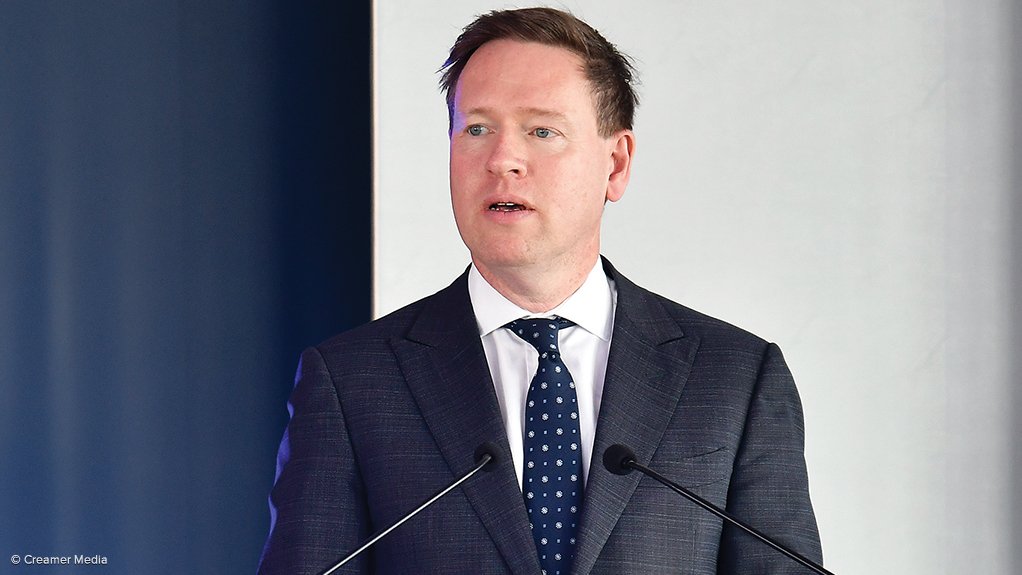JOHANNESBURG (miningweekly.com) – Diamond mining and marketing company De Beers and the Botswana government have reached an in-principle agreement on a 25-year extension of the Debswana mining licences, through to 2054, and a new ten-year sales agreement for Debswana’s rough diamond production, through to 2033.
Debswana, a 50:50 joint venture between De Beers and the Botswana government, operates four diamond mines in Botswana, and joint work to progress and implement the formal new sales agreement and mining licences will now take place.
In the interim, the terms of the most recent sales agreement, which expired on Friday, will remain in place.
A new sales agreement constitutes a related party transaction under the UK listing rules, given that both Anglo American and Botswana are shareholders in De Beers, and therefore will be subject to approval by Anglo’s shareholders in due course, Mining Weekly has been informed in an Anglo media release.
A release from Botswana states that the agreements reflect the aspirations of the people of Botswana.
De Beers' global approach to diamond mining spans two continents and four countries. In South Africa is the large, modern, long-life and climate-conforming Venetia, with the joint venture marine diamond prospecting and recovery company Debmarine in Namibia, Gahcho Kué in Canada, and an exploration contract in Angola.
The 135-year-old De Beers last month opened its new Sightholder Sales South Africa, a diamond processing operation, close to Johannesburg International Airport.
At the opening, De Beers CEO Al Cook spoke of the impressive facility being filled with diamond expertise, diamond technology and rough diamonds and spurring the growth of a South African diamond business hub.
The 6 747 m2 Sky Park facility is part of the global sightholder network that sells rough diamonds for beneficiation purposes in South Africa, Botswana, Namibia and Canada and has two floors comprising sightholder offices, hand- and machine-sorting areas, a training academy and a diamond cleaning plant.
De Beers is in the process of taking far-reaching steps in Southern Africa to combat climate change. Wheeled wind and on-site solar are being developed for Venetia, which will hopefully result in South Africa’s largest diamond mine being largely renewably energised by the end of 2025. If all goes according to plan, this would lower Venetia’s carbon footprint by more than 80%.
Currently, the carbon footprint of using Southern African electricity is greater than using diesel, which means that as soon as the renewable power is connected, Venetia’s emissions will decline very steeply.
A comprehensive climate-action overview can be obtained from this link: https://www.miningweekly.com/article/venetia-mine-rapidly-becoming-a-flagship-in-advancing-de-beers-climate-ambition-2023-06-30
EMAIL THIS ARTICLE SAVE THIS ARTICLE ARTICLE ENQUIRY
To subscribe email subscriptions@creamermedia.co.za or click here
To advertise email advertising@creamermedia.co.za or click here











